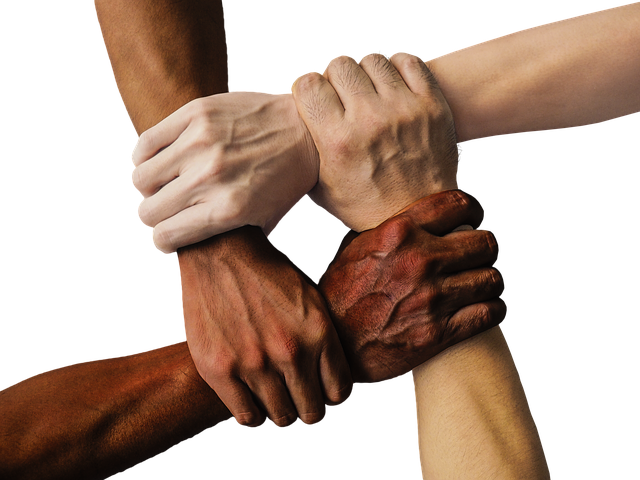We’ve been attending the Medventions program run by the Sunnybrook Research Institute. It’s a multi-session program for those interested in creating MedTech start-ups, particularly medical devices. As we support those people and companies, we like to go and learn along side and help focus the discussions on the importance of finding a real problem to solve and developing customer understanding.
The topic of the evening was Medtech Entrepreneurship & Clinical Needs Finding, and it featured two speakers sharing their experience, Chris O’Connor from Think Research and Kieran Murphy, a UHN physician and serial inventor.
There were great stories and insightful questions but it was the wrap-up that hit me. When asked what was the most valuable lesson he has learned during his many years as an inventor and entrepreneur, Dr Murphy’s reply was: kindness. No-one saw that coming in the cut-throat world of medical invention!
His experience in both giving and receiving kindness has made up for all the failures, long nights, lost capital and all the risks inherent in making change happen.
So just remember, it doesn’t take any additional effort to treat those around you with respect and kindness. But it does pay dividends in how you and others will evaluate your legacy.
I’m Steve Willson, and I’m one of the Partners here at PANOPTIKA. We work with clients to help them use customer-centricity to focus their efforts and their strategy where they can make the most difference. You can also find us on Twitter and on Facebook, and for ongoing news about topics like this one, click the button below.



